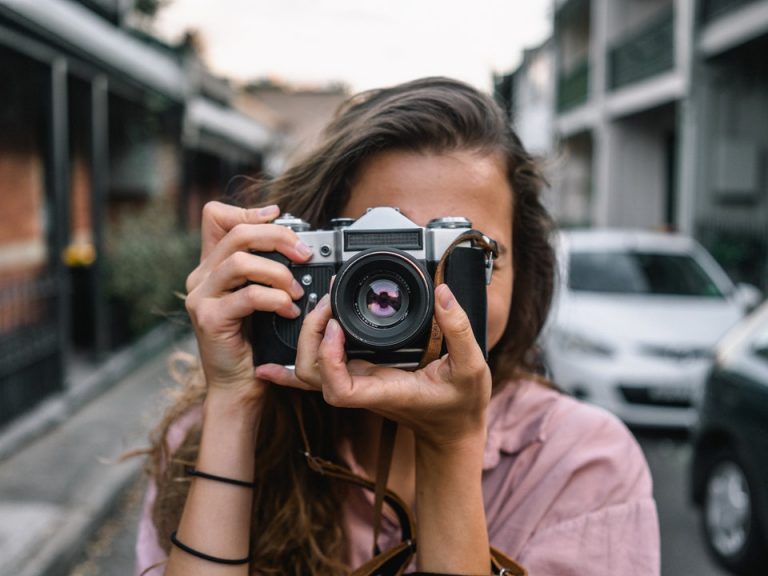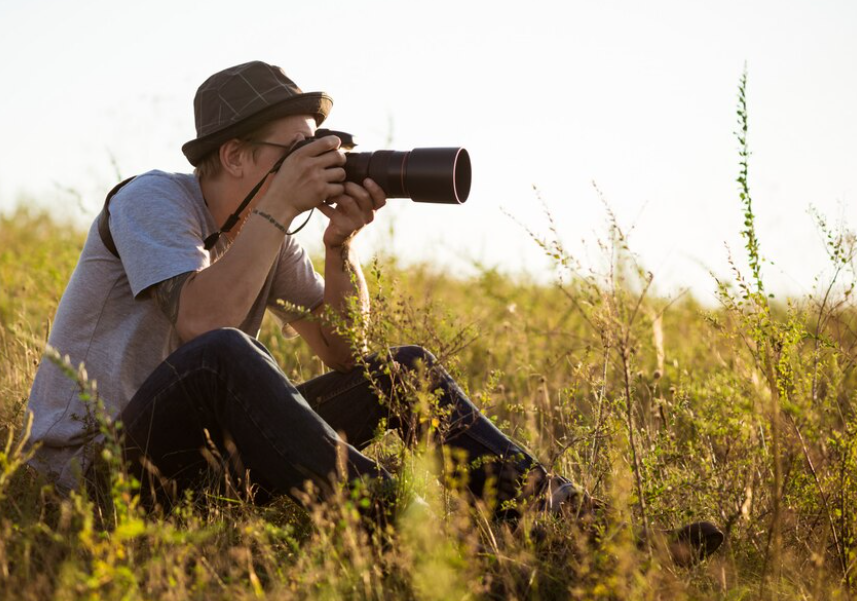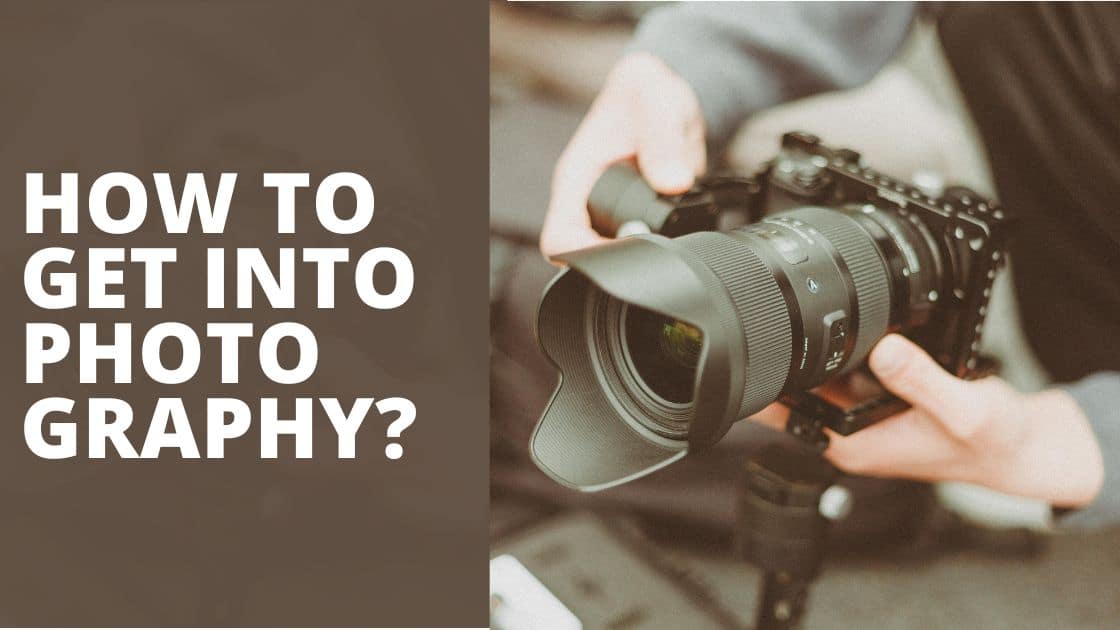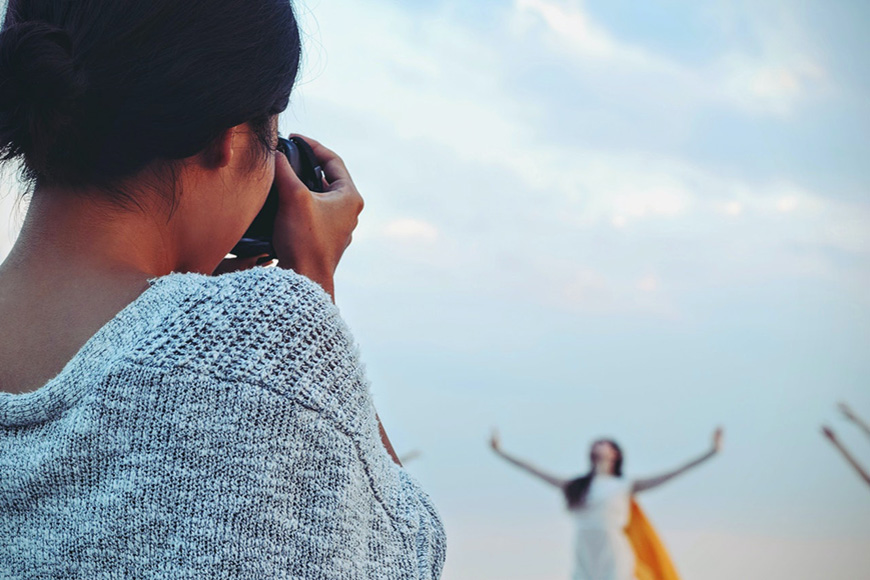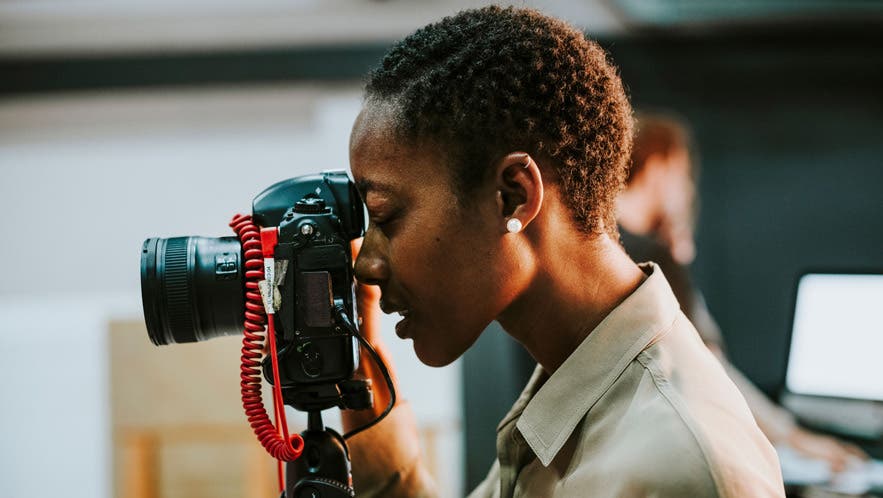How To Start Getting Into Photography

The allure of capturing fleeting moments and transforming them into lasting art has drawn countless individuals to the world of photography. But where does one begin in this vast and often intimidating landscape of lenses, apertures, and shutter speeds? Fear not, aspiring shutterbugs, because embarking on your photographic journey is more accessible than you might think.
This article serves as a guide to help you navigate the initial steps, from selecting the right equipment to mastering fundamental techniques. We'll break down the essential elements to get you started on the path to creating stunning images.
Choosing Your First Camera
The first hurdle many face is selecting the right camera. Don't feel pressured to invest in expensive, professional-grade equipment right away. The best camera is often the one you have with you.
Many smartphones boast impressive camera capabilities, perfect for learning the basics of composition and exposure. For those seeking more control, a mirrorless or DSLR (Digital Single-Lens Reflex) camera offers interchangeable lenses and manual settings.
These cameras allow for greater creative flexibility and image quality, but also come with a steeper learning curve. Consider a used camera body and a versatile kit lens (typically an 18-55mm) to start. Resources like DPReview and Ken Rockwell's website provide extensive camera reviews and comparisons.
Understanding the Fundamentals
Once you have a camera, it's time to learn the core principles of photography. Three key elements form the foundation of exposure: aperture, shutter speed, and ISO.
Aperture refers to the opening in the lens that controls the amount of light entering the camera. It's measured in f-stops (e.g., f/2.8, f/8, f/16), with lower numbers indicating wider apertures and shallower depth of field. Shutter speed determines how long the camera's sensor is exposed to light, measured in seconds or fractions of a second.
Faster shutter speeds freeze motion, while slower speeds create motion blur. ISO represents the camera sensor's sensitivity to light. Higher ISO settings are useful in low-light situations, but can introduce noise or grain into the image.
Mastering the Exposure Triangle
These three elements are interconnected and form what's known as the "exposure triangle." Adjusting one element requires compensating with the others to maintain a balanced exposure. Understanding this relationship is crucial for achieving the desired look and feel in your photographs.
Experiment with different settings to see how they affect the final image. Many cameras offer automatic or semi-automatic modes (such as aperture priority or shutter priority) that can help you learn while still retaining some control.
Composition: Framing Your Vision
Composition refers to the arrangement of elements within your photograph. Strong composition can draw the viewer's eye and create a more compelling image.
The Rule of Thirds is a common guideline that involves dividing your frame into nine equal parts and placing key elements along these lines or at their intersections. Leading lines, symmetry, and negative space are other compositional techniques to explore.
Consider the story you want to tell and how you can use composition to enhance that narrative. Study the work of photographers whose style you admire and analyze their compositional choices.
Practice, Experiment, and Learn
The most important ingredient in becoming a better photographer is practice. Take your camera with you whenever possible and experiment with different subjects, lighting conditions, and techniques.
Don't be afraid to make mistakes; they are valuable learning opportunities. Seek feedback from other photographers, either online or in local photography groups. Numerous online resources, including YouTube tutorials, photography blogs, and online courses, offer a wealth of knowledge.
Consider joining a local photography club or workshop to connect with other enthusiasts and learn from experienced photographers. Photography is a journey, and continuous learning and experimentation are key to improvement.
Starting in photography is an exciting adventure that can enrich your life and allow you to see the world in new ways. By understanding the fundamentals, practicing consistently, and embracing experimentation, you can unlock your creative potential and capture stunning images that tell your unique story.


